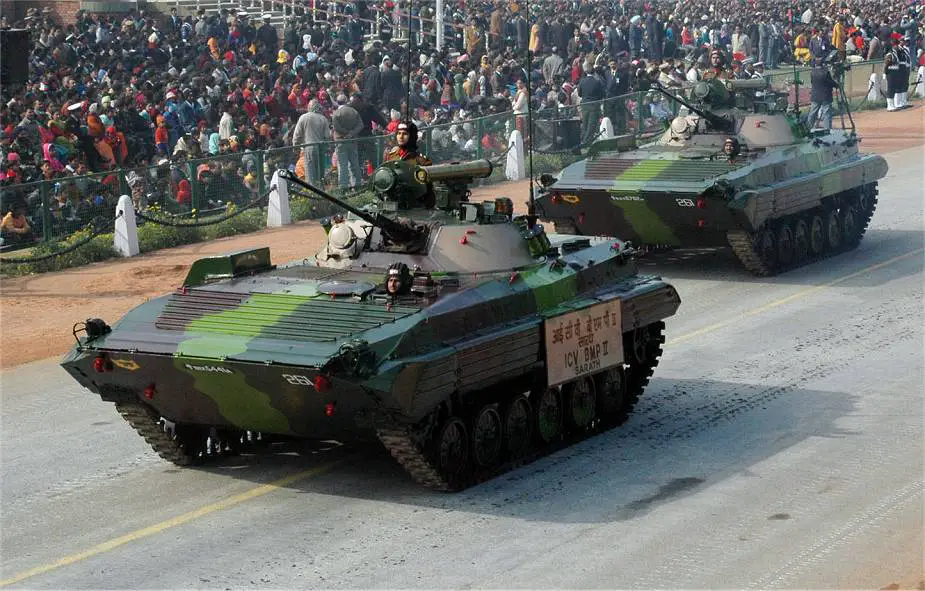The Indian Army has deployed infantry combat vehicles in the Galvan Valley as Chinese troops had deployed their armored vehicles to strengthen their position amid border dispute with India along the Line Of Actual Control (LAC). The deployment of BMP-2 on the confluence of the Galvan Valley and the Shyok river has created an impregnable wall of defence to deter any possible misadventure of the Chinese Army. The BMP-2 Sarath can not only launch an attack on the enemy with auticannons, missiles, and machine guns, but troops sitting inside it can move forward safely under enemy fire. The BMP 2 armoured vehicles are also stationed along the Darbuk–Shyok-Daulat Beg Oldi (DSDBO) road and on the mouth of the Galvan Valley, besides on the road going towards the DBO.

The Chinese Army has increased the number of armoured vehicles because of the plain area on the other side of the LAC. It is easy for the Chinese army to bring tanks and other vehicles at a high speed. China had already made a network of roads and railways in its occupied Tibet area, but the infrastructure development on the Indian side continued at a slow pace. Assessing the situation of a possible attack from China, the Indian Army started bringing tanks and armored vehicles to the Ladakh plains. The deployment of armoured vehicles of the Indian Army ahead of the confluence of the Galwan Valley and the Shyok River has created a strong wall that is not possible for the Chinese Army to breach. Currently, a large number of armored vehicles in the Ladakh region have been deployed by the Indian Army to give a befitting reply to the Chinese troops.

The BMP-2 ‘Sarath’ is powered by a 300-hp engine, producing a road speed of up to 65 km/h and a swimming speed of up to 7 km/h. The vehicle runs over a 35° slope and crosses a 0.7 m trench, the manufacturer claims. Due to its low weight, BMP-2 Sarath can be easily transported by an airlifter. The Sarath’s armament suite comprises a 30 mm automatic cannon, a coaxial 7.62 mm general-purpose machinegun (GPMG), a 2nd-generation anti-tank guided missile (ATGM), and several smoke grenade launchers. The BMP-2 Sarath can engage both land and low-flying aerial targets. The plant also produces a number of BMP-2-based systems, including medical evacuation, self-propelled mortar, reconnaissance vehicle and armoured engineer vehicle.India had produced some 2,500 IFVs and in 1984, India obtained a license to produce 3,000 BMP-2s.















